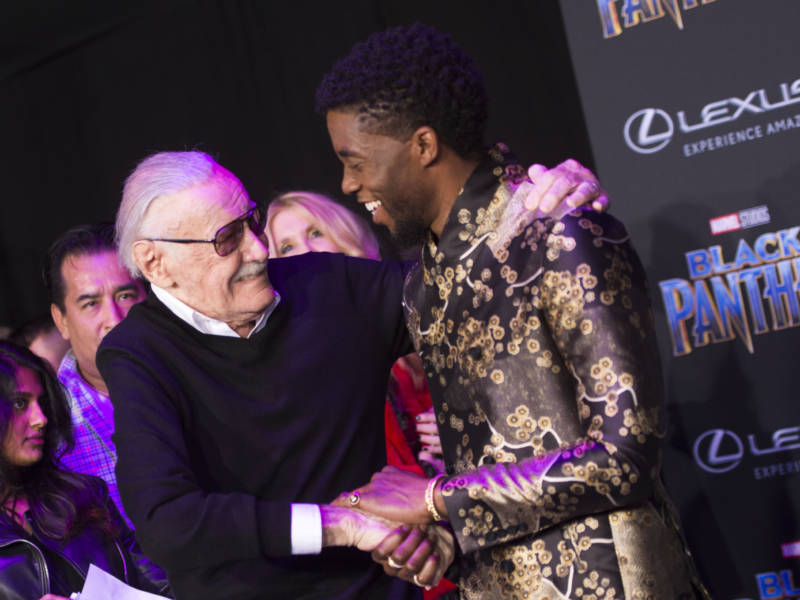Stan Lee was always a hero of mine; a feeling I share with many comic book fans. But it wasn't until recently—and especially following his death Monday at age 95—that I began to realize that some of my love for him came specifically from my perspective as a black kid who grew up reading comic books in the 1970s.
It wasn't just that, as the editor-in-chief and later publisher of Marvel Comics, he helped create the coolest black superheroes of that time, like Black Panther and The Falcon. Or that he developed cool allegories for overcoming prejudice and stereotypes rooted in fear and ignorance, like The X-Men, The Inhumans and The Hulk.
What was cool about Marvel under Stan Lee was the realism. They used actual cities as the home-base for their heroes, which grounded everything in a world that felt more real, more possible. Spider-Man was a nerdy kid from Queens; The Fantastic Four were a bickering family headquartered in a Manhattan high-rise building. And Luke Cage was a principled, African American ex-con reinventing himself as a hero for hire from an office in Times Square.
For a geeky kid growing up Gary, Ind.—the term blerd, or black nerd, would be coined much later to describe my cool-challenged lifestyle back then—this was an amazing step forward. I felt like I was learning about the world while sitting in my backward corner of Northwest Indiana. Somewhere, there was a place where being better at reading and writing than fighting and sports made you a hero. Or, at least, allowed you to create one or two of them.
Not to shade DC Comics. But heroes like Superman and The Flash lived in gleaming places called Metropolis and Central City. Their stories rarely featured people who looked like me or lived anywhere I recognized. Watching their exploits felt a bit disconnected; like watching a fairy tale set in a land kinda like my world...but also not.


9(MDAxOTAwOTE4MDEyMTkxMDAzNjczZDljZA004))

